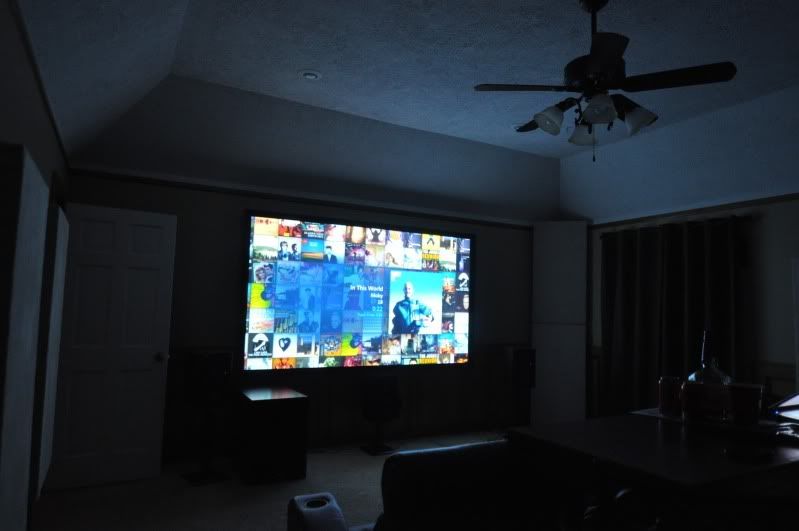The top two curves are the left and right. The lower one is th average of the two (shifted -10dB for clarity).
I'm not saying that the Q control didn't move the fr curve, just that if it did it wasn't by much and I can't tell exactly. When using pink noise the bass region is never 100% steady so it's pretty difficult to say that any movement of the Q knob had any effect. Even using the quicksweep function of TrueRTA will never get exactly the same result in the bass region.
Without understanding what the Q control is supposed to do to the signal I can't say whether the acoustics of the room are impacting it.
The good thing is that since the best location for the Hsu box is not in the only corner that I can put the SVS... I can use a y-splitter to do head-to-head comparisons very easily. I'll do some of that this afternoon.
I'm not saying that the Q control didn't move the fr curve, just that if it did it wasn't by much and I can't tell exactly. When using pink noise the bass region is never 100% steady so it's pretty difficult to say that any movement of the Q knob had any effect. Even using the quicksweep function of TrueRTA will never get exactly the same result in the bass region.
Without understanding what the Q control is supposed to do to the signal I can't say whether the acoustics of the room are impacting it.
The good thing is that since the best location for the Hsu box is not in the only corner that I can put the SVS... I can use a y-splitter to do head-to-head comparisons very easily. I'll do some of that this afternoon.

